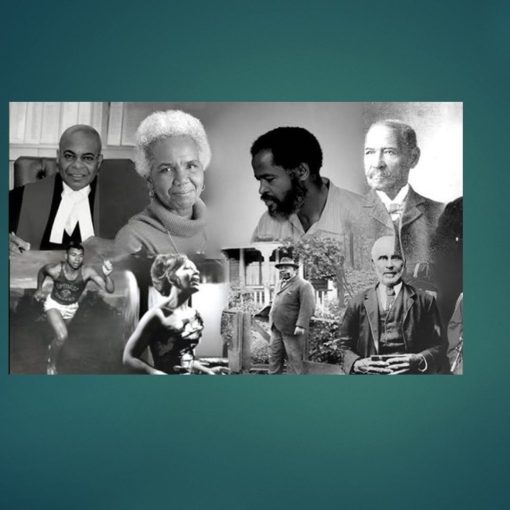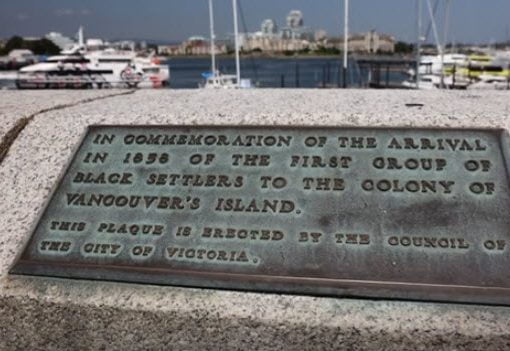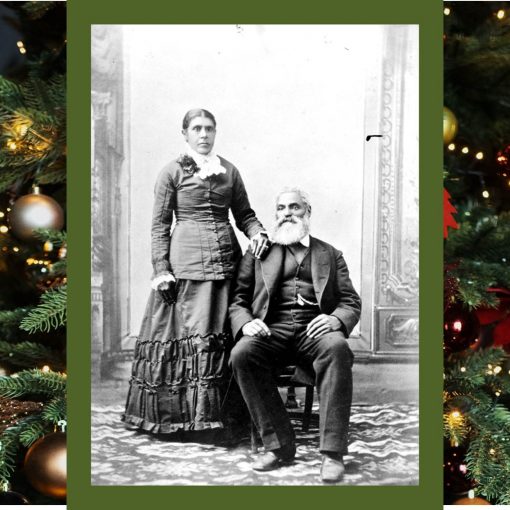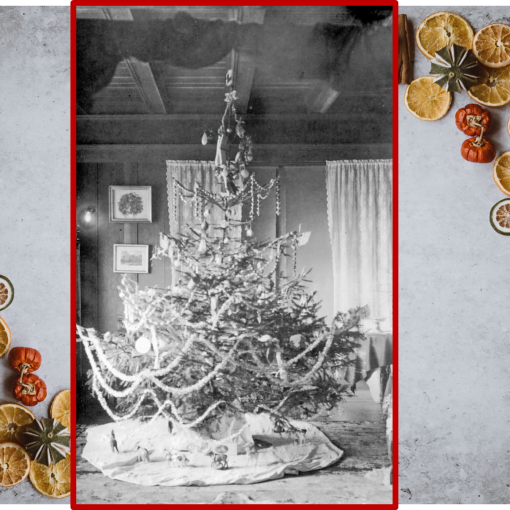The 1st professional Black artist, working and living in the Pacific North West, British Columbia and California. In addition to his oil paintings. Brown was also a cartographer and lithographer.
![]()
The Royal B.C. Museum holds the greatest number of and most significant of Brown's Canadian works and continue to add to their collection. In March 2018 Friends of the BC Archives Society purchased "Giant's Castle Mountain: A.L. Fortune's Farm, Enderby B.C", dated October 6, 1882. In February 2022 Royal BC Museum purchased “Entrance to the Harbor” depicting Victoria harbour. “It was the signature painting in Brown’s 1883 exhibition, billed as the first art exhibition in the city of Victoria.”
Grafton Tyler Brown was the oldest of 4 children born on February 22, 1841 in Harrisburg Pennsylvania to Thomas and Wilhelmina. Thomas and Wilhelmina were two free Blacks who had left the slave state of Maryland for the free state of Pennsylvania in 1837.
Brown worked for a printer in Philadelphia when he was fourteen. It was there where he learned the skill of lithography. His next job, at age 17, was as a hotel steward and porter. There, his painting caught the attention of the local paper which may have prompted Brown to leave Sacramento and head for San Francisco where he was hired as an artist by a German printer Charles Conrad Kuchel. While working for Kuchel, Brown’s main role was to draw panoramic views of towns as well as the homes and properties of prominent citizens, which Kuchel lithographed and sold.
In 1867 when Kuchel died, Brown bought the business from Kuchel’s widow and renamed it G.T. Brown & Co., continuing to document gold rush towns and other area settlements. The company also provided letterhead and business cards; printed labels for salmon cans for John Sullivan Deas; a Black entrepreneur and industry leader in the salmon canning industry in British Columbia. Another business line was branding for companies such as Wells Fargo Mining Co, Levi Strauss, and Ghiradelli Chocolate.
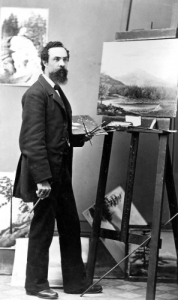
Brown became restless again and perhaps to see remote parts of B.C. he joined a geological survey party in 1882, which traveled through Kamloops, the Okanagan valley, the Similkameen area and the Fraser River. He then established a studio in Victoria in the Occidental Hotel at the corner of Wharf and Johnson Streets.
While in Victoria, Brown continued to establish himself as a landscape painter of note including landscapes of the Gorge, Esquimalt, Victoria and the surrounding area.
The painting in progress on the easel is “Valley of the Similkameen (1883)”. In the summer of 1883 Brown held an art show that was promoted by the British Colonist.
In 1886 he returned to Portland, became a member of the Portland Art Society and again opened up his own studio.
He left Portland for Helena, Montana in 1890; he arrived in St. Paul, Minnesota in 1892 to begin work as a draughtsman for the U.S. Army Engineer's Office. Brown spent the rest of his life in the Minnesota city and died there in 1918.
Brown's works are housed in archives in Victoria, British Columbia; San Francisco, California; and Tacoma, Washington.
On June 25, 2019 the BC Black History Awareness Society in partnership with the Royal BC Museum and Archives and the Friends of the BC Archives hosted an event to commemorate Brown’s work and his art exhibit that took place on this same date in 1883. "Giant's Castle Mountain" was on display along with other artifacts related to B.C.’s Black Pioneers.
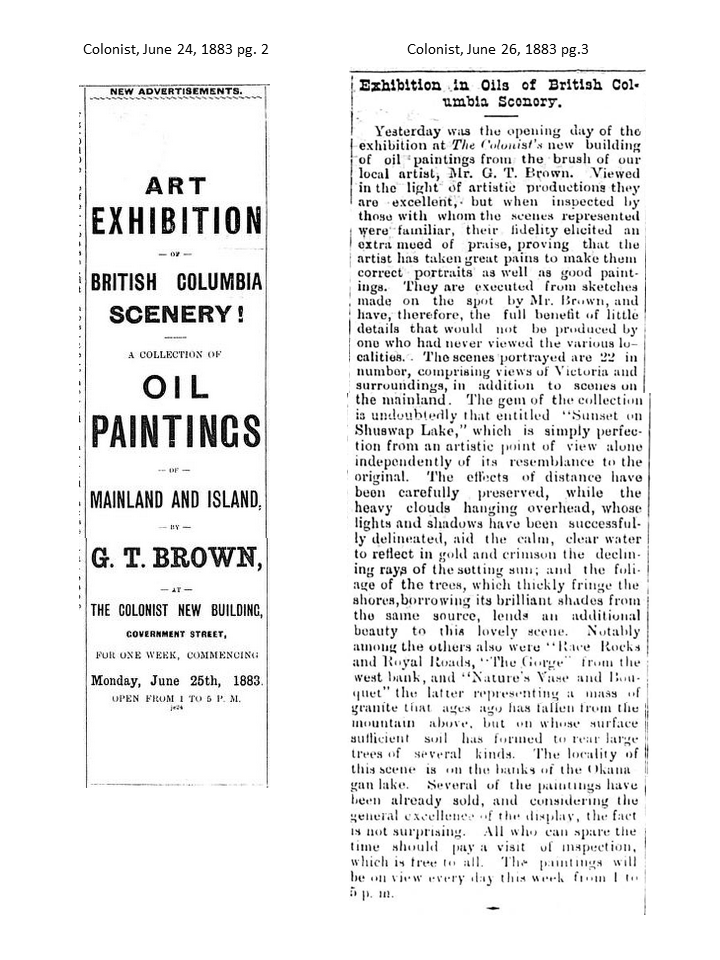
Quick Facts
First professional Black artist, working and living at the time largely in the Pacific North West as well as British Columbia and California.
Date of Birth: February 11, 1841
Place of Birth: Harrisburg, Pennsylvania
Date of Death: 1918
Place of Death: St. Peter, Minnesota.
Lived and worked in B.C. circa 1882 to 1885

